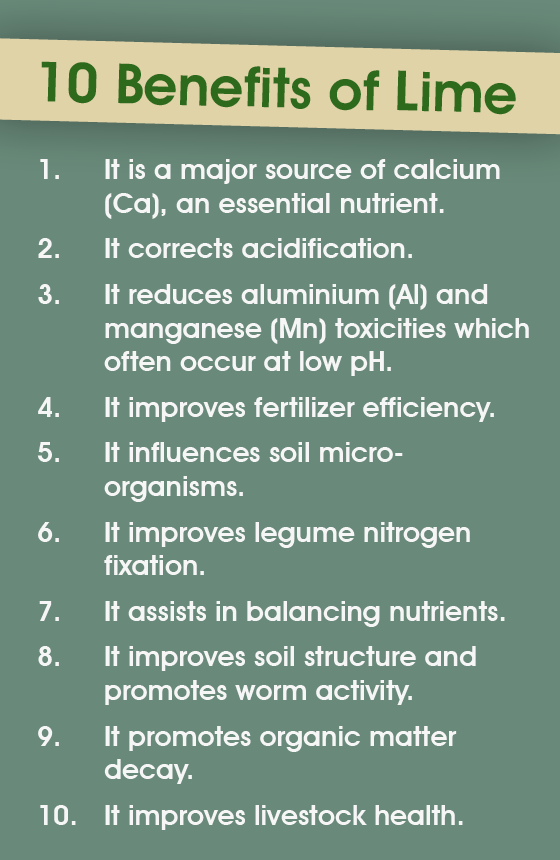Kosobryukhov, A1, Shabnova, N1, Kreslavsky, V1 and Matichenkov, V1
1Institute of Basic Biological Problems, Russian Academy of Sciences, Pushchino,
Moscow region, Russia 142290
Email: kosobr@rambler.ru
Salt toxicity is a worldwide agricultural problem. Numerous studies have demonstrated the benefits of silicon (Si) for higher plants, particularly for gramineous plants. The work presented here studied physiological responses of salt-stressed wheat plants (Triticum aestivum L.) in the presence and the absence of Si in soil under controlled conditions.
The treatments in the experiment were: control, 0.5 g Si and 1 g amorphous Si per kg soil with NaCl in irrigation water. The growth parameters, photosynthesis, respiration and chlorophyll fluorescence were determined. Growing of plants under salt stress led to a decrease in photosynthetic rate. The addition of Si to the soil resulted in an increased rate of photosynthesis from 158 to 520%, depending on salt concentration in the soil. Chlorophyll fluorescence and analysis of model parameters of photosynthesis indicated that Si enhanced photochemical efficiency. Leaf and stem dry matter was depressed under salt stress; however, this negative effect was decreased by the addition of Si.
Hence, Si is beneficial in improving the photosynthesis and growth of wheat plants under high soil salinity. Several hypotheses of the active Si impact on salt stress in plants were suggested:
(i) improved photosynthetic activity,
(ii) increased antioxidant enzyme activity,
(iii) increased concentration of soluble substances in the xylem, which resulted in reduced sodium adsorption by plants.




